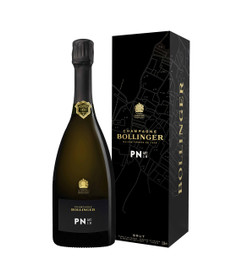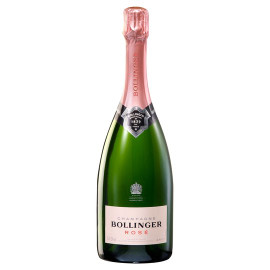Bollinger La Grande Annee 2015
Brand : Champagne Bollinger
- Gift wrapping:
- Options available
- Region:
- Champagne
- Grape Variety:
- Chardonnay
- Grape Variety:
- Pinot Noir
- Bottle Size:
- 750ml
- ABV:
- 12.5%
- Vintage:
- 2015
Champagne Bollinger owns an impressive 178 hectares of vineyards, of which 85% are in Grand Cru and Premier Cru villages. Their land is spread over seven main villages: Aÿ, Avenay, Louvois, Tauxières and Verzenay planted with Pinot Noir; Cuis with Chardonnay; and Champvoisy with Meunier. Bollinger are one of the few Houses to produce the majority of their own grapes for their blends. Pinot Noir represents 60% of the House's vineyards and defines the House style: complex and powerful with remarkable structure. In 2012 Champagne Bollinger was certified High Environment Value (HEV) this certification rewards a number of environmental procedures implemented at the Maison.
In 1976, Bollinger Vintage was re-named Grande Année. Then in 1997, it became La Grande Année - 'The Great Year' - a name simple enough to illustrate its exceptional status, because only truly extraordinary years become vintage at Bollinger. This vintage is entirely fermented in oak barrels and is produced from fourteen crus: 91% Grand Cru and 9% Premier Cru. 2008 is the first vintage of La Grande Année to be bottled in the new '1846' bottle which is to replicate a small magnum. This bottle has been completely redesigned, inspired by a 19th-century bottle discovered in the Bollinger cellars which dates back to 1846. The idea in using the curved shape of the bottle is to aim for the perfect balance of a “small magnum” with a narrower neck and a wider base, to very slightly slow down the oxygen exchange and therefore give a better quality wine with longer ageing potential.
Vinification takes place exclusively in small old oak barrels (20 years old on average), maintained in Bollinger’s cooperage, of which there are almost 3,500. Riddling and disgorging are performed entirely by hand, and take place after ageing on the lees in bottles with natural corks.







